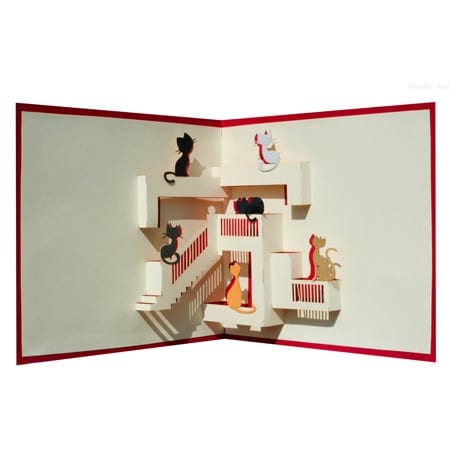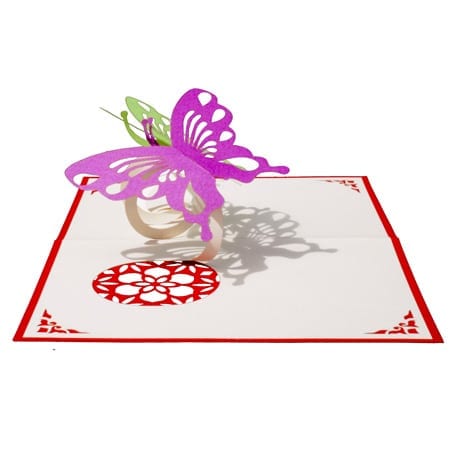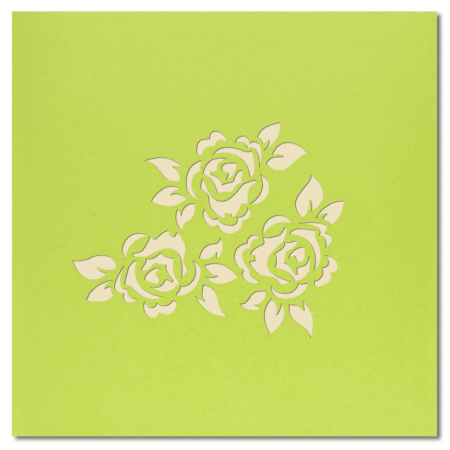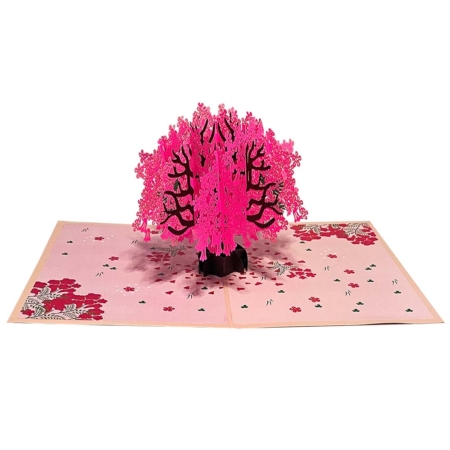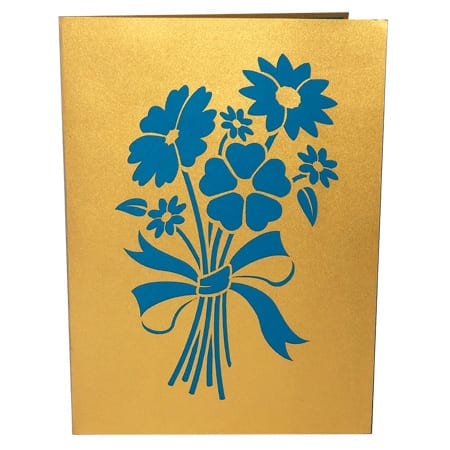Description
Bonsai Tree Message:
To scale all love down
To a cupped hand’s size.
From bonsai we receive peace of mind, health, and life’s pursuit. We can also learn generosity, patience and even a philosophy about life. ~bonsai master Saburo Kato
History and explanation:
Bonsai trees are primarily contemplation for the viewer, and the pleasant exercise of effort and ingenuity for the grower. By contrast with other plant cultivation practices, bonsai trees are not intended for production of food or for medicine. Instead, bonsai practice focuses on long-term cultivation and shaping of one or more small trees growing in a container.
Bonsai, pronounced “bone sigh,” is a tree in a container. As old as the pyramids, the art of sustaining a tree in a container was propagated by travelers from west to east. The Paris World Exhibition in 1900 opened up the world’s eyes to bonsai. The end of World War II in 1945 saw the beginning of bonsai trees being imported from Japan to the U.S. From there it has spread to Great Britain and throughout Europe, Greenland to South America, South Africa to Australia.
The art of bonsai design is to shape a tree through various techniques so that it represents, but does not duplicate, trees in nature. An aged effect is desirable, using shape, color and texture in ways that evoke a sense of how such a tree would have formed over years of growth in nature.
The tree must be healthy, sturdy, and displayed to maximize its visual impact. Bonsai pots are selected to artistically enhance the tree without drawing attention away from it. Branch and leaf density, size, and location, as well as the trunk proportions, color, size, and texture are shaped to be in harmony with the tree as a whole.
The use of mass and space and the relative location of the parts is critical.
~this information from Morikami Museum
See also our Japanese Red-Crowned Crane card.







